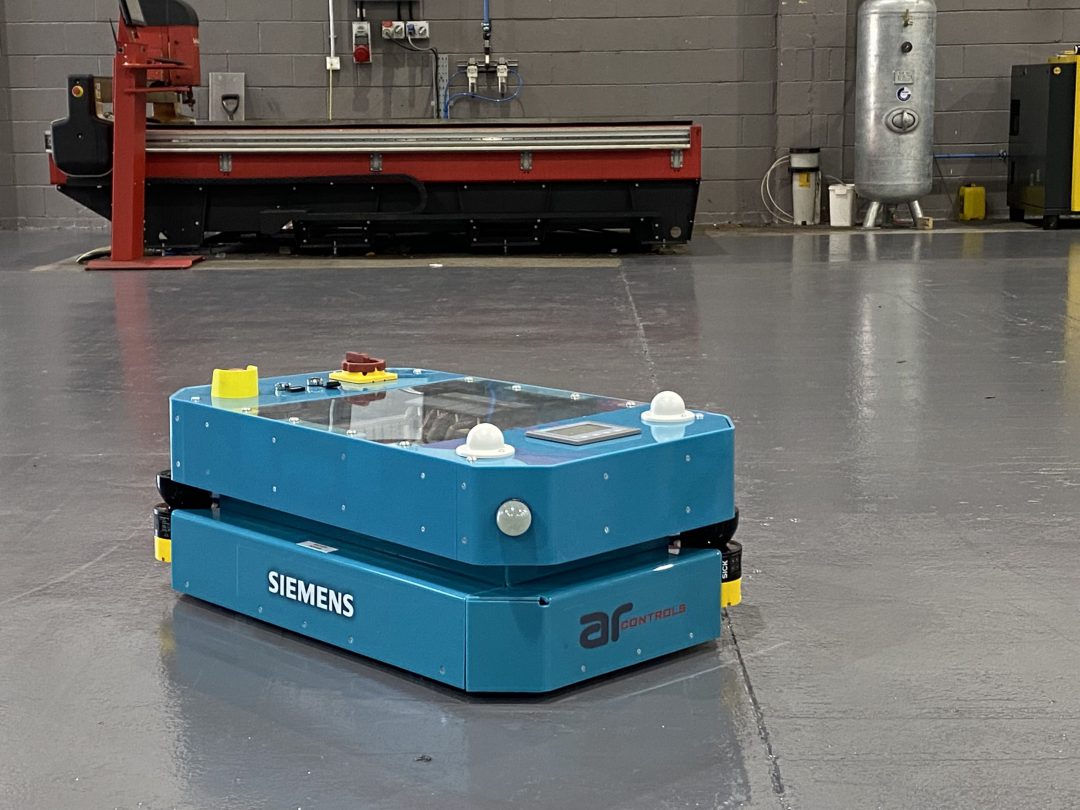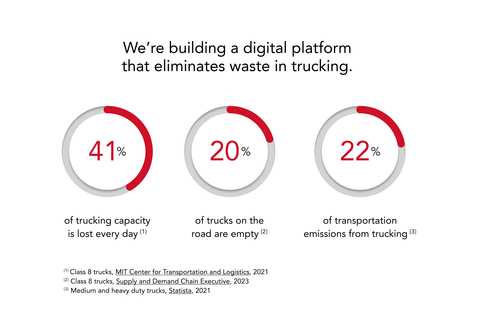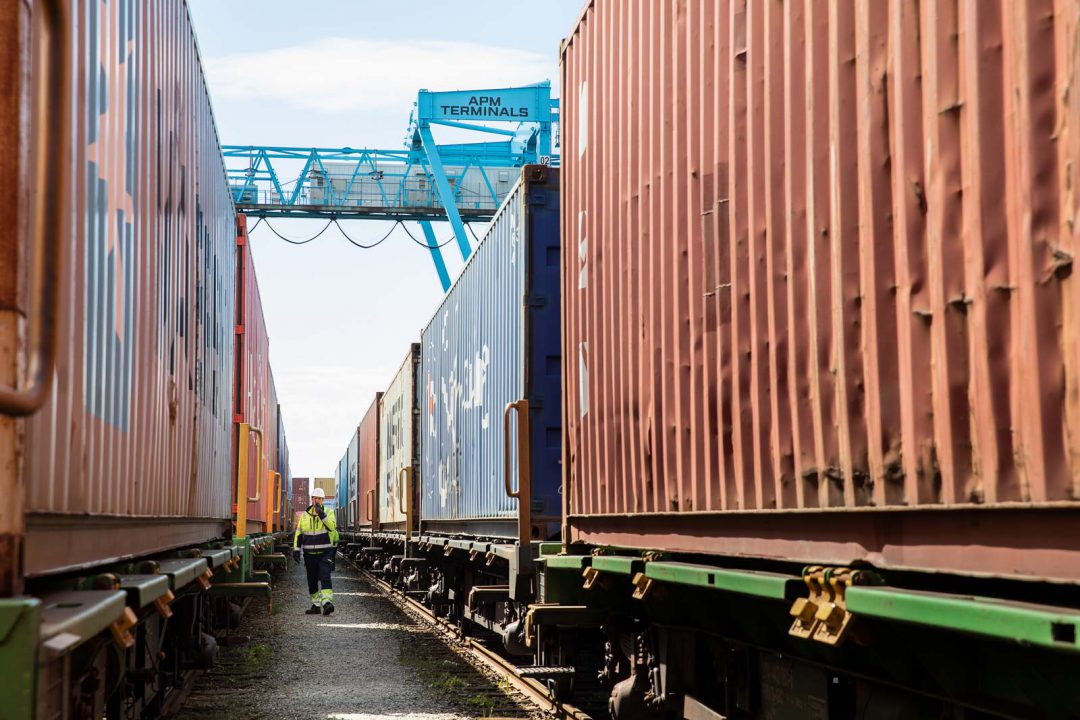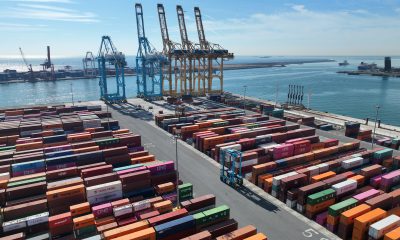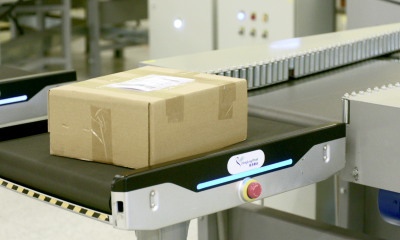Siemens has partnered with Parmley Graham and AR Controls to produce smart automated guided vehicles to meet the growing demand across industries.
At the heart of the innovation is the Siemens AGV kit, which includes SIMOVE, a standardised system platform for AGV applications and solutions to suit any customer across industries, and the SIMATIC MICRO-DRIVE, a versatile, seamless, and safety-related servo drive system that covers a wide range of applications in the protective extra-low voltage range. Servo drives are used extensively when building AGVs. These compatible controllers from the SIMATIC portfolios optimally complement the motion control functionalities of this future-proof solution.
The design, build and manufacture of the AGVs are a result of collaboration with Gateshead-based Parmley Graham, leaders in industrial automation, and Sunderland-based AR Controls, experts in integration and robotics. Parmley Graham is working collaboratively to support the project through the provision of hardware specifications, organising of kit-formed bills of material, and sourcing of other third-party products for the AGVs. AR Controls is using its wealth of experience to design and build this new range of AGV.
The collaboration comes at a time when the demand for AGVs is increasing. The pandemic put many industries into disarray, especially the logistics industry that struggled to get essentials to consumers during lockdowns and border closings. Manufacturers across industries had to rethink and look towards efficient processes in warehousing, moving goods internally within the factory, and deal with labour shortages from both the pandemic and Brexit.
AGVs bring a wealth of benefits including improved warehousing efficiency and streamlined logistics management, lower labour costs, faster delivery, and reduced risk of workplace injury. They can also be integrated to achieve digitalisation and Smart Factory goals.
The alliance aims to target the exponential growth in the global AGV market, which is expected to almost double to $3.72 billion by 2028.
The partnership builds on its success providing hundreds of AGV kits to a major auto manufacturer, which has a production plant in the North.
Commenting on the partnership Brian Holliday, Managing Director, Siemens Digital Industries, said: “The UK supply chain market is growing exponentially, and most manufacturers are now investing in technologies to boost their own logistics. AGVs are a crucial part of this investment.”
“Partners like Parmley Graham that have a legacy in automation were well equipped with the right technologies and experience to deliver AGVs to the automotive manufacturer. It is also a testimony that given an opportunity, innovation can help generate new income streams for businesses in these testing times.”
Nick Wilson, Managing Director, Parmley Graham said: “We work in partnership with organisations across a wide spectrum of industries. This collaboration helped produce the AGVs for a burgeoning need to meet efficiencies in warehousing, intralogistics, and logistics across many industries.”
“Our experienced engineering team regularly delivers innovative solutions, training, and support that is tailored to the diverse needs of our varied customer base. We take our initiatives seriously and have appointed a project manager to oversee the production of the AGVs. We will be able to deliver bespoke solutions for AGVs to a range of customers in the pharmaceutical, food and drink and logistic industries”
Andy Ramsey, Company Founder and Managing Director, AR Controls said: “We have a portfolio of automotive manufacturers for who we provide services like sensing, position control, visual inspection, machine safety, audio-indent, robotics, drives and programmable logic control so partnering with Siemens and Parmley Graham to produce AGVs is a very exciting project for us. We look forward to a fruitful outcome of this alliance.”
